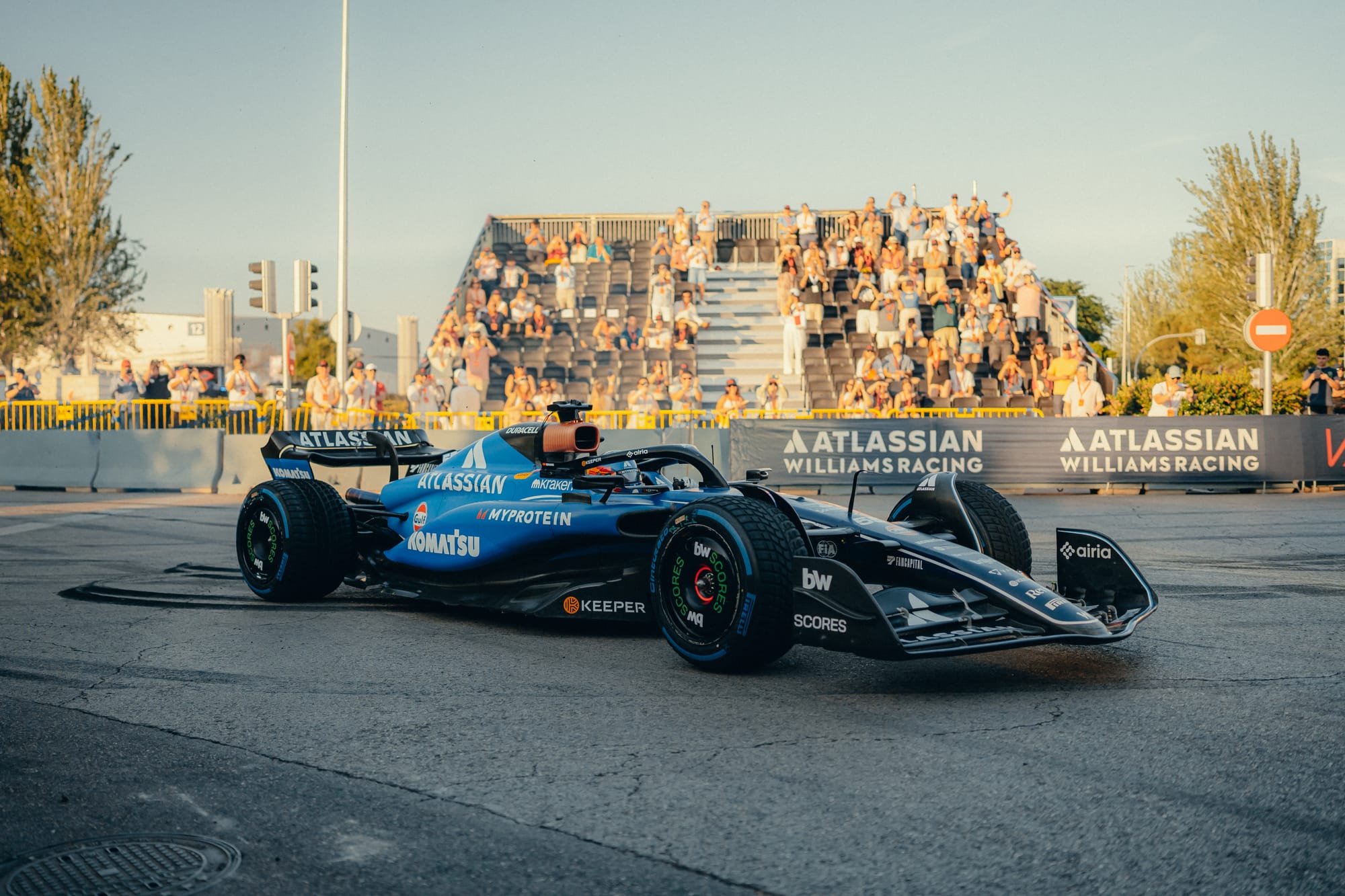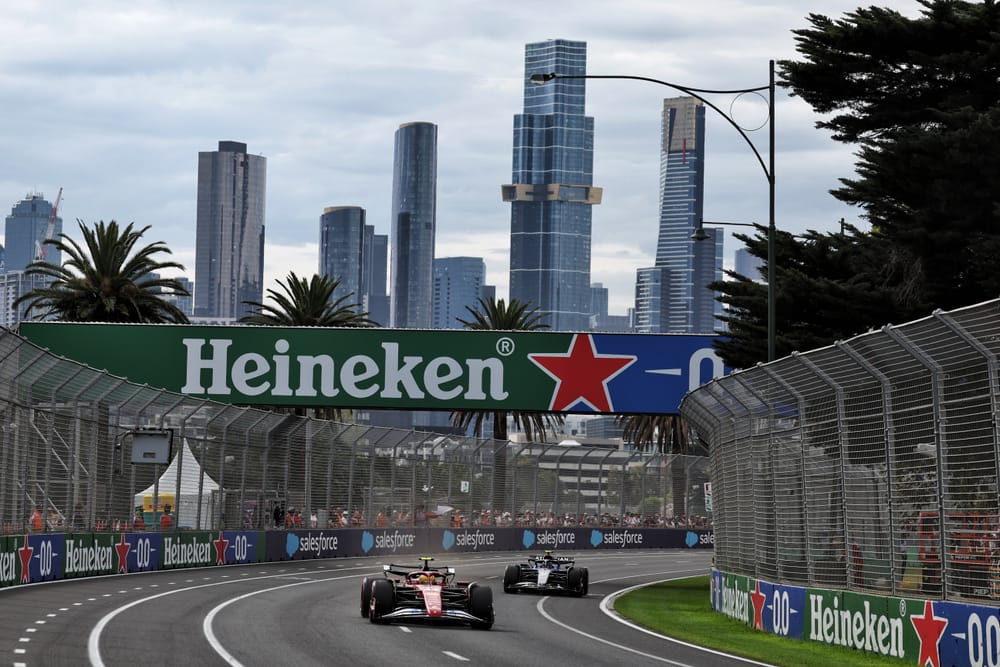The Australian Grand Prix will be the opening round of the 2026 Formula 1 season - for which the inaugural Madrid race has a September date, and the Imola round has been dropped.
Melbourne will host the first race with F1’s radically different car and engine rules on March 8, with the Chinese Grand Prix again forming a double-header to start the year.
Like this year, the Bahrain-Saudi Arabia races are being held slightly later in April to follow the holy month of Ramadan.
But the Japanese Grand Prix stands alone on March 29, rather than starting a triple-header, leaving Bahrain and Saudi as a back-to-back two weeks later.
Miami and Canada, in its new date of May 24, remain as standalone events, while Monaco shifts to June 7 (to accommodate the North American mini-leg in May) for a double-header with Barcelona (now one of two Spanish events). That means the F1 showpiece in Monte Carlo will not clash with the Indianapolis 500 - but, perhaps more painfully, one of its North American rounds will instead as F1 races in Montreal on Indy 500 weekend.
Two more European doubles (Austria-Britain and Belgium-Hungary) are scheduled before a slightly earlier finish before the summer break at the end of July, then the season will resume with the final Dutch Grand Prix at Zandvoort as a standalone event on August 23.

Back-to-back races at Monza and the new Madrid circuit (where Williams conducted a demonstration run - pictured above - at the weekend) finish the European season in September, before more standalone races in Azerbaijan (September 27) and Singapore (October 11).
The two triple-headers on the calendar come at the very end of the year.
One is across Austin, Mexico and Brazil from the end of October to early November, a logical combination that has been used before but was briefly broken up again in 2025.
And once again, the season ends with a Las Vegas-Qatar-Abu Dhabi triple, giving the year a finale on December 6.
Pre-season is expected to be split across three tests, one in Europe and two in Bahrain.
The first, known as a ‘private’ collective test, will take place in January and be open to all competitors and span five days - of which each team may complete three days of running.
The two ‘public’ collective tests will be three days long and take place in February.
Full 2026 calendar:
January: Private collective test
February: Public collective test x 2
March 8: Australia
March 15: China
March 29: Japan
April 12: Bahrain
April 19: Saudi Arabia
May 3: Miami
May 24: Canada
June 7: Monaco
June 14: Barcelona
June 28: Austria
July 5: Britain
July 19: Belgium
July 26: Hungary
August 23: Netherlands
September 6: Italy
September 13: Madrid
September 27: Azerbaijan
October 11: Singapore
October 25: Austin
November 1: Mexico
November 8: Brazil
November 21: Las Vegas
November 29: Qatar
December 6: Abu Dhabi



